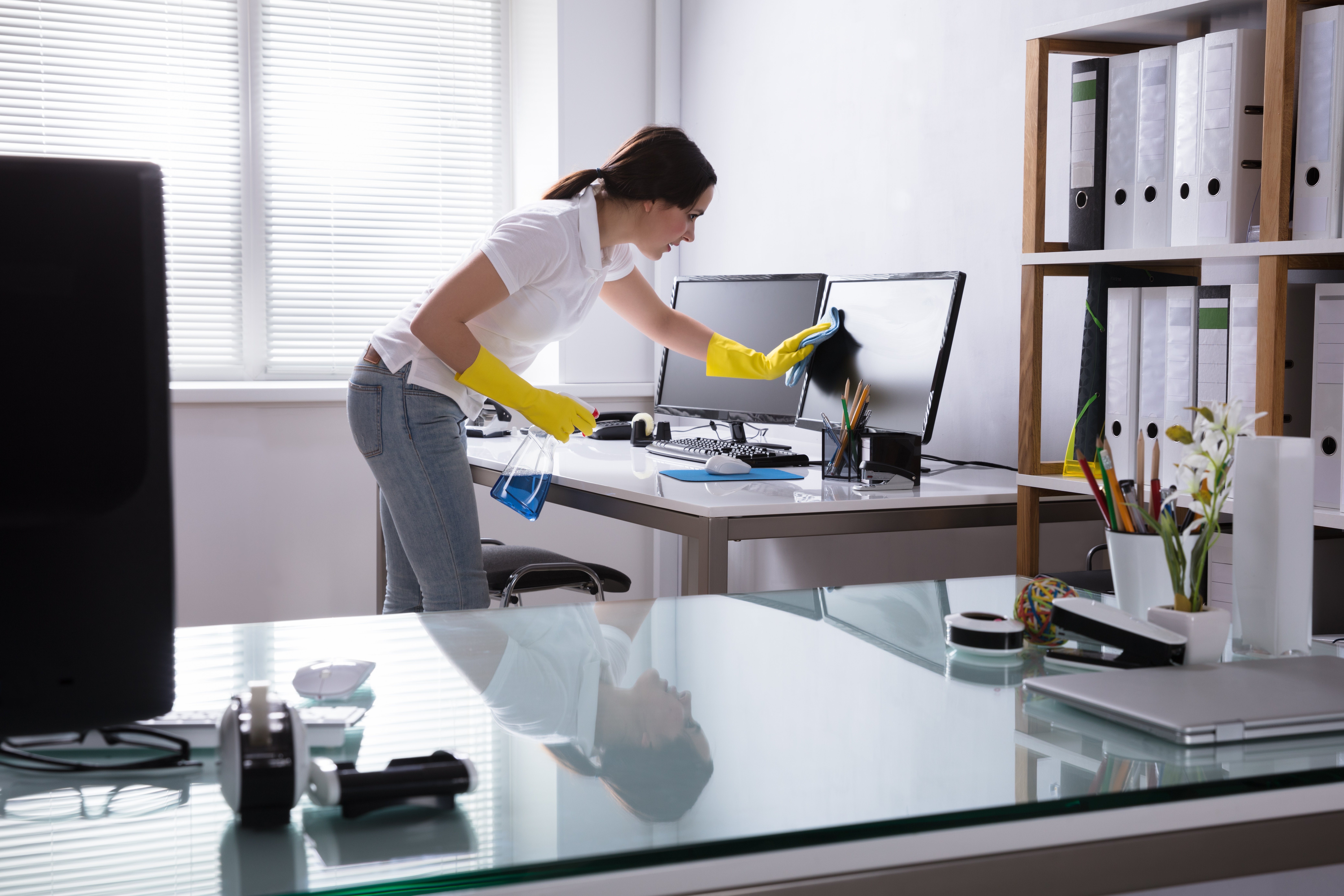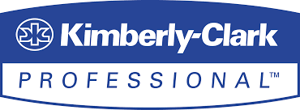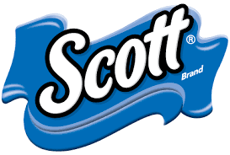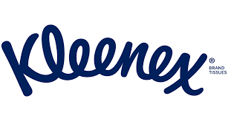
Wherever you are working if there was ever a time to take your cleaning to the next level, it's now.

While keeping your workstation clean has always been important for health and preventing the spread of illness, this has taken on an extra level of significance during the Covid-19 pandemic.
With respiratory viruses surviving on surfaces for anything from several hours to a few days, the thorough cleaning of surfaces and hands is essential for reducing the risk of contracting Covid-19 through touch.
Please see below some frequently asked questions on surface cleaning and with a view to helping you create a more healthier workspace.
Why is maintaining a clean surface important?
Cleaning of visibly dirty surfaces followed by disinfection is a best practice recommended by the CDC for prevention of respiratory illnesses in community settings.
What is the difference between cleaning and disinfecting?
Cleaning removes germs, dirt, and other impurities from surfaces or objects. Cleaning works by using detergent (or soap and water to physically remove germs from surfaces. This process does not necessarily kill germs, but by removing them from the surface it lowers their numbers and the risk of spreading infection.
Disinfecting kills germs on surfaces or objects. Disinfecting works by using chemicals to kill germs on surfaces or objects. This process does not necessarily clean dirty surfaces or remove germs, but by killing germs on a surface after cleaning, it can further lower the risk of spreading infection.
Disinfecting kills germs on surfaces or objectsDisinfecting works by using chemicals to kill germs on surfaces or objects.* This process does not necessarily clean dirty surfaces or remove germs, but by killing germs on a surface after cleaning, it can further lower the risk of spreading infection.
Cleaning vs. disinfecting Is there a difference?
Hint: Yes, there is.
Prioritise frequently touched surfaces.
Please see below some tips on good surface cleaning your workstation; whether you’re working from home or in the office
What are the recommendations for a good surface cleaning protocol?The guidance from the CDC is to use a 2-step Clean and Disinfect process. Routinely clean and disinfect all frequently touched surfaces in the workplace, such as workstations, keyboards, telephones, handrails, and doorknobs.
- Step 1 - clean the surface with a detergent or soap and water
- Step 2 - follow that by disinfecting the surface using EN-registered disinfectants. The CDC also recommends providing disposable wipes so that commonly used surfaces (for example, doorknobs, keyboards, remote controls, desks) can be wiped down by employees before each use.)
What are the proper steps to sanitise hands?
Dispense one dose of hand sanitiser into cupped hand, covering all surfaces. Rub hands to palm. Right palm over left dorsum with interlaced fingers and vice versa. Palm to palm with fingers interlaced. Backs of fingers to opposing palm with fingers interlocked. Rotational rubbing of left thumb clasped in right palm and vice versa. Rotational rubbing, backwards and forwards with clasped fingers of right hand in left palm and vice versa. Once dry, your hands are safe.
What are the steps for proper hand washing?
Wet hands with water. Apply enough soap to cover all hand surfaces. Rub hands palm to palm. Right palm over left dorsum with interlaced fingers and vice versa. Palm to palm with fingers interlaced. Backs of fingers to opposing palms with fingers interlocked. Rotational rubbing of left thumb clasped in right palm and vice versa. Rotational rubbing, backwards and forwards with clasped fingers of right hand in left palm and vice versa. Rinse hands with water. Dry thoroughly with a single-use towel. Use towel to turn off faucet. Your hands are now safe.


Find out more
At Banner, we have a wide- range of cleaning and hygiene products such as our Kleenex hand sanitisers and tissues, as well as our range of Scott toilet tissues. To find out more, contact your Banner account manager
Join us on LinkedIn or follow us on Twitter. Or subscribe to our blog for notifications on our latest articles by adding your email to the subscribe box at the top of the page.

